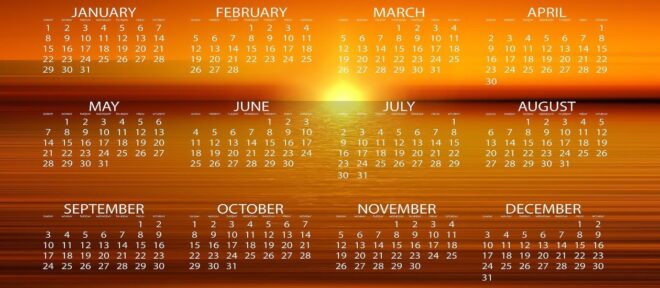
Question:
How do I install the Zmanim API Program?
Answer:
The Zmanim API is not a program that can be installed, but a Java programming library often referred to as an API (Application Programming Interface). This is a building block to be used by programmers who want to easily include zmanim in their own programs. The Zmanim API allows them to do this with minimal understanding of the way zmanim are calculated. A sample of a program that uses the Zmanim API library is the Zmanim Calendar Generator. The Zmanim Calendar Generator collects user entered location information on the web page and submits this to a small Java program that calculates a year’s worth of zmanim and outputs it as an Excel spreadsheet (using the Apache POI library). A future FAQ may provide a list of current programs that use the Zmanim API.

 >After numerous requests, the
>After numerous requests, the 
 As hinted at in my
As hinted at in my